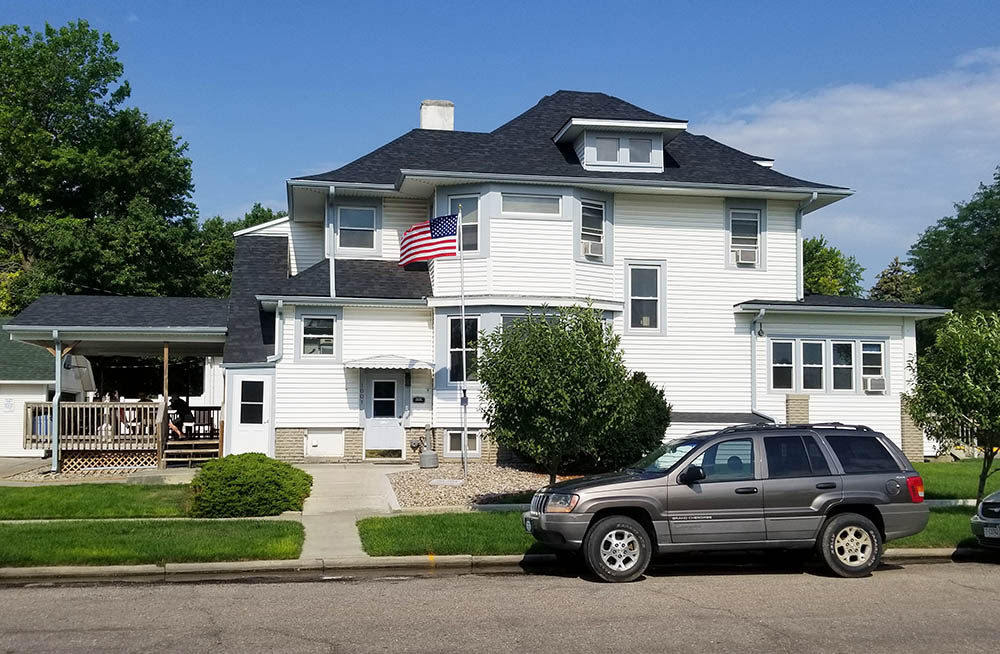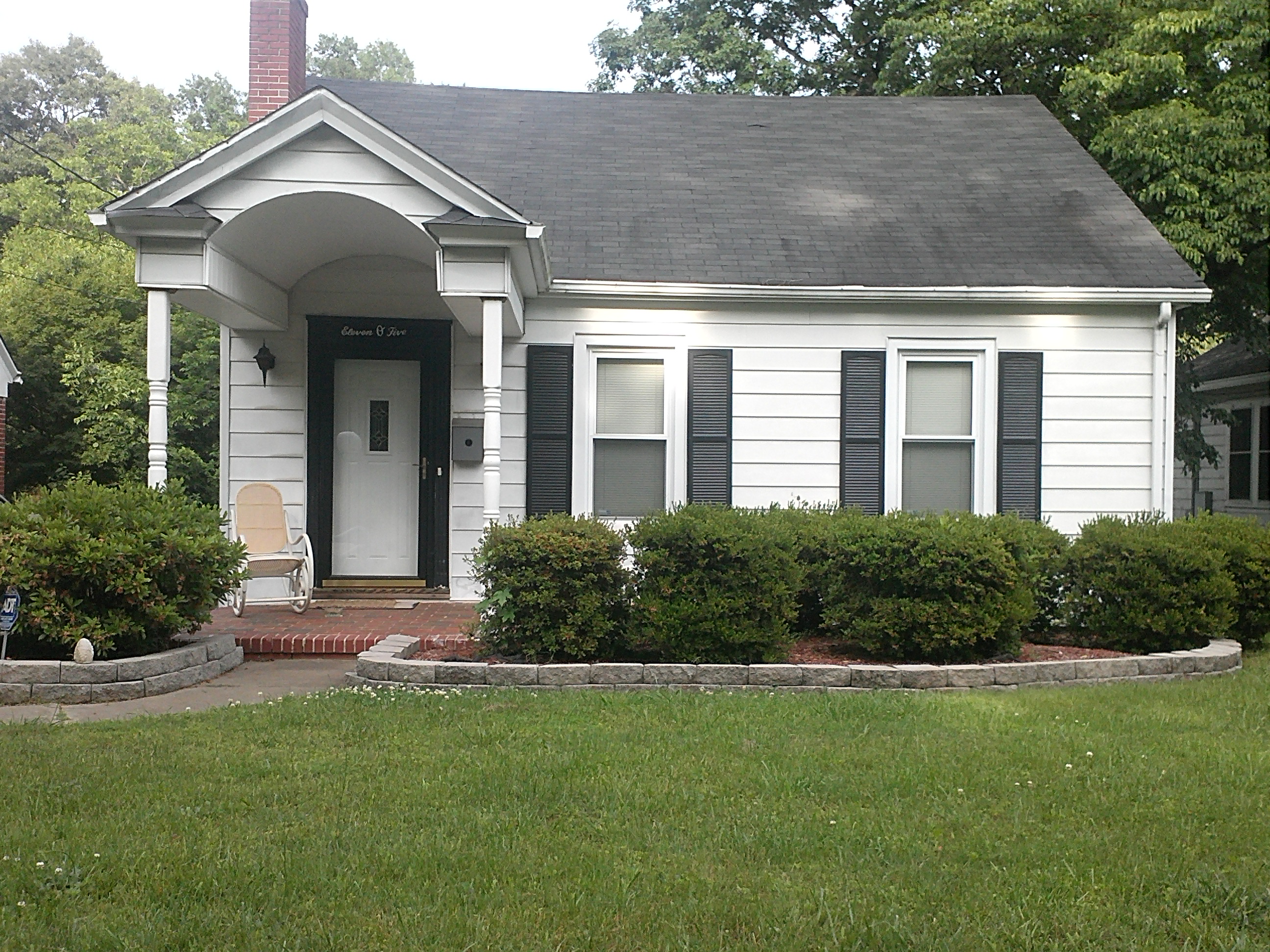Table Of Content

Halfway houses provide support to those who are new to recovery and are committed to a life without their addiction. You’ve gone through medical detox and completed an inpatient or outpatient treatment program. While going home may seem like a relief after so much time in treatment, for some people, the thought is overwhelming—especially if you’re in a triggering environment or don’t have a strong support system at home. Most halfway houses have rules to follow and help residents set boundaries. In addition, a stay in a recovery house might be a partial requirement of a criminal sentence. Residents are normally asked to remain sober and comply with a recovery program.
Tikva Treatment Llc The Haven At Pismo - Arroyo Grande, CA
Items of clothing that may reveal underwear or other private areas are strictly forbidden. Skirts and shorts with the hem above the mid-knee are also not allowed in most halfway houses. All visitors are required to be sober and must have a presentable appearance. There are also special circumstances, such as emergency visits, where residents can later verify with the house manager to determine if their guests are permitted to visit. All visitors need to be at least 18 years old and show proper identification.
Committed to Sobriety
Even in this second “pre-release” stage, individuals must make a detailed itinerary every day, subject to RRC staff approval. Not only are residents’ schedules surveilled, their travel routes are subject to review as well. One reason that we know more about federal than state-level halfway houses has to do with the contracting process. In May, an investigation by The Intercept revealed that the federal government is underreporting cases of COVID-19 in halfway houses. Not only is the Bureau of Prisons reporting fewer cases than county health officials; individuals in halfway houses who reached out to reporters described being told to keep their positive test results under wraps. Halfway houses serve as a transitional living arrangement for individuals who are transitioning from incarceration or rehabilitation programs to society.

Valley Recovery Resources Redwood Family Treatment Center - Modesto, CA
At Ocean Recovery, we ensure that those in our programs have access to follow-up services or aftercare to help maintain sobriety and stay strong in recovery once they leave sober living homes. Some halfway houses are dedicated to help people who have completed addiction treatment. Subsequent audits identified a number of major staffing issues, including high turnover rates and misconduct. This pattern of inadequate staffing extends to CEC halfway houses in California, where a former facility director cited inadequate training and earnings barely above minimum wage.
You can expect to spend anywhere between a few hundred to a few thousand dollars at a halfway home. Halfway homes and sober houses have high retention rates, and the individuals who commit to 90 days or more are much more likely to remain sober both at the halfway house and for months afterward. They are usually located in residential areas, and neighbors and businesses occasionally oppose the idea of the halfway house being in their community. Halfway homes are managed by licensed drug counselors, therapists, and similar healthcare personnel.
Imprisoned drug-diluting KC pharmacist to be moved to halfway house soon – Newstalk KZRG - NewsTalk KZRG
Imprisoned drug-diluting KC pharmacist to be moved to halfway house soon – Newstalk KZRG.
Posted: Thu, 25 Apr 2024 16:54:16 GMT [source]
Do Halfway Houses Have Staff Available 24 Hours Per Day?

The staff at the halfway house will be able to answer any inquiries you may have. They will be able to walk you through the admissions process for the halfway house and explain why certain policies are in place. For more information on what cannot be delivered to residents during visits, contact the halfway house.
What is the Longest You Can Stay at a Halfway House?
In some cases, halfway house residents may face exploitation or abuse from unscrupulous operators who prioritize profit over providing safe and effective transitional living arrangements. Also like other sober-living environments, halfway houses generally have systems in place to keep residents sober, and drugs tests are usually administered to monitor for any substance use. They also often come with additional mental health, medical, recovery or educational services that help people get accustomed to their new lives. The majority of halfway houses are safe spaces for individuals who are dedicated to bettering their lives and remaining sober. Living in a communal environment with others struggling with addiction or other mental health issues can sometimes be triggering. However, halfway houses typically have rules and regulations in place to promote safety, such as drug and alcohol testing, security measures, and staff supervision.
Properly trained staff can also help create an environment where residents feel safe while receiving the necessary support during their transition back into society. Some facilities require a minimum number of days of sobriety from substance abuse, but many will work with you to determine if you're a good fit. In a halfway house, residents learn to rely on one another and take accountability for their actions.
How Do You Find a Sober-Living Home?
Cases of COVID-19 are uniquely dangerous in halfway houses due to the work release component of many facilities. As a halfway house resident, you can expect to follow a number of halfway house rules — a primary one being that of sobriety. Drugs and alcohol will be strictly prohibited and random drug testing will occur in order to ensure compliance. You will need to take the necessary steps toward recovery from your previous drug or alcohol addiction(s). Participation in group therapy and/or AA meetings or NA meetings might be expected of you. Just as well, there will be house chores that you are responsible for and a curfew that you must keep.
This means that you’ve already completed detoxing from whatever your addiction was and are now in the early stages of sobriety. The purpose of a halfway house is to help people who need some support to reintegrate into society after completing rehab. Both the sober living home in California and the halfway house offer a supportive community and sober environment. Although sober living homes and halfway houses have some similarities, they have many differences.
Some halfway houses require residents to pass a drug screening and/or breathalyzer test, as they’re not equipped to deal with withdrawal symptoms or delirium tremens. Halfway houses are ideal for people who’ve already gone through medical detox and have completed an inpatient or outpatient treatment program. Living in a halfway house benefits many people undergoing addiction treatment. They provide additional support and puts them in a sober living environment. In-home rehabilitation is another option that offers a more personalized approach to reentry. This type of program provides individualized support services within the individual’s own home.
Although most halfway houses have a similar structure, each facility has different requirements and expectations of its residents, so it’s best to ask the facility you’re interested in about rules. The rules facilitate the continued success in your recovery, so it’s vital — and in the best interest of your sobriety — to follow them. Living arrangements in a halfway house are typically two to three people sharing a bedroom. Although halfway houses are often funded by state governments, there may be a small weekly or monthly fee. Halfway houses have a maximum limit of 12 months for residency, and for someone looking to establish a long-term sober living environment, a halfway house may not be ideal.

No comments:
Post a Comment